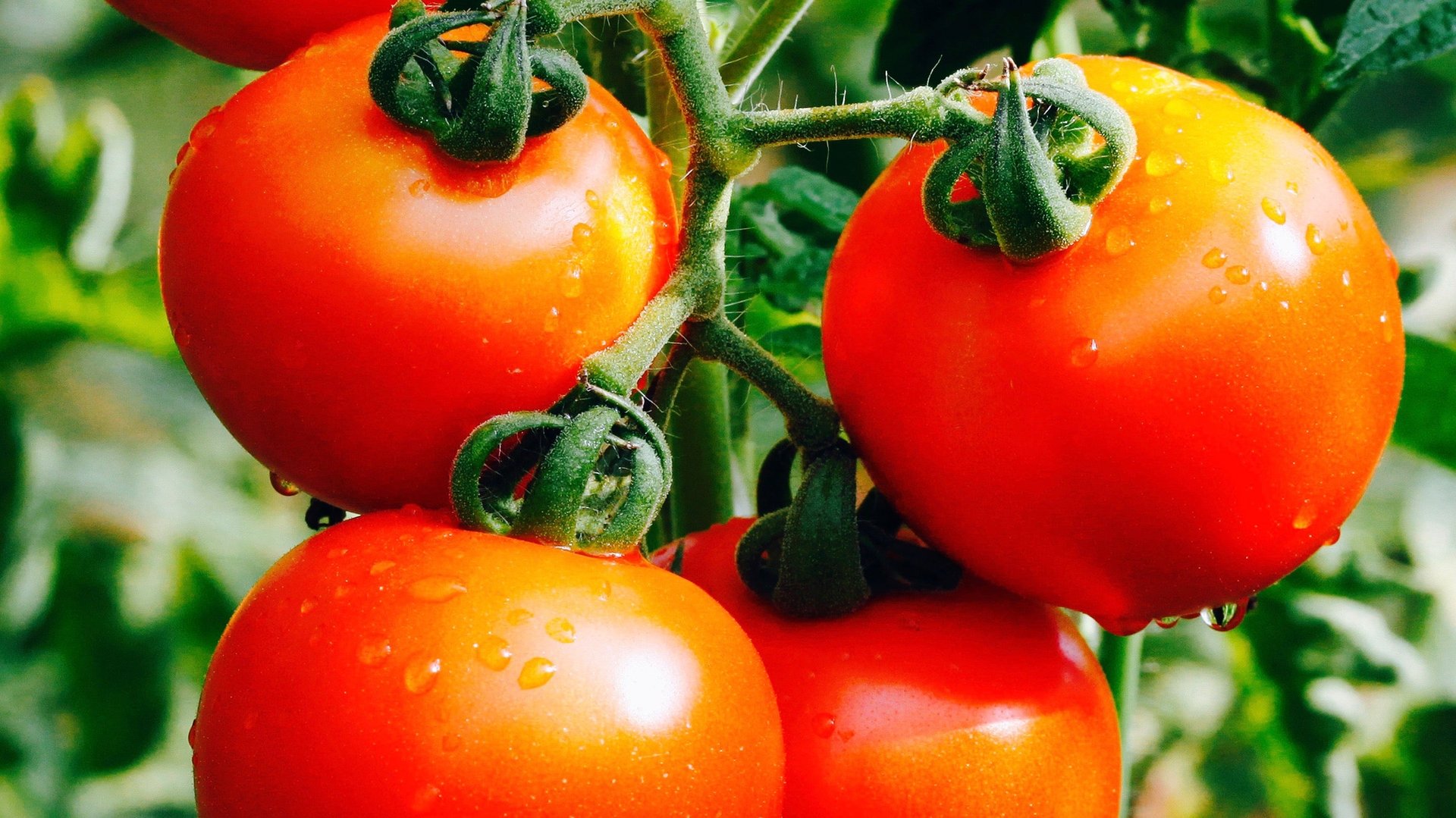Scientists are using gene editing to create the perfect tomato for your salad
The fruits and vegetables we eat today are all genetically modified insofar as they are the result of thousands of years of selective breeding by farmers. Over time, cultivators have created plants that yield more fruit for commercial growing purposes, but in the process plants have developed undesirable mutations, too. Now, geneticists are using technology to isolate the precise genes responsible for excessive branching and flowering, characteristics which lead to less fruit and thus less yield for farmers.


The fruits and vegetables we eat today are all genetically modified insofar as they are the result of thousands of years of selective breeding by farmers. Over time, cultivators have created plants that yield more fruit for commercial growing purposes, but in the process plants have developed undesirable mutations, too. Now, geneticists are using technology to isolate the precise genes responsible for excessive branching and flowering, characteristics which lead to less fruit and thus less yield for farmers.
In a study published in the journal Cell on May 18, geneticist Zachary Lippman of Cold Spring Harbor Laboratory explains his research team’s efforts to fix mutated tomatoes using CRISPR gene editing technology. By identifying the genes associated with undesired mutations, Lippman was able to edit them and suppress their effects. After playing with the plant architecture, Lippman’s team was ultimately able to engineer highly productive plants that yielded more of the desired fruit and less of the unwanted flowers and branches.
Specifically, the scientists focused on three tomato genes, which they screened for in over 4,100 plant varieties looking for unusual branching patterns.
One gene the researchers isolated is associated with plant joints. Developed in the 1950s, the gene was created by integrating wild tomatoes from the Galapagos islands—which stay on the vine longer because they have fewer joints—with common commercial breeds. As hand picking was replaced with mechanical harvesting, breeders sought fruit that remained on the vine longer. However, this wild tomato integration led to a new and unwanted effect—excessive branching, with too many flowers and not as much fruit as farmers sought.
The second gene identified by scientists, linked to the green leaves on top of the fruit, was associated with excessive branching and flowering. This gene appeared to be the result of centuries of selective breeding, though scientists still aren’t sure why breeders wanted this leaf cap developed—perhaps to hold heavier fruit.
The last gene identified by Lippman and his team is also associated with plant flowering.
After isolating the genes that appeared to influence branching patterns and the important fruit-to-flower ration, geneticists were able to engineer more efficient plants. This process took quite a lot of effort, however. Some plants they grew had long spindly branches, some lots of flowers, and others were too crowded with fruit. Eventually the researchers were able to strike the right balance, however, with the resulting tomato plants boasting balanced branches and plentiful fruit.
Now, Lippman and his team are working with tomato breeders on the next step in tomato perfection: developing plants that are optimized according to a particular fruit variety’s size. Plants that yield larger fruit may do better on vines with fewer, thicker branches, for example, than a smaller variety.
Ultimately, the tomato is just the beginning. Rod Wing, a plant geneticist at the University of Arizona in Tucson, told Nature that the study—which he was not part of—has wide implications for all of our agricultural needs. “The approach can be applied to crop improvement, not just in tomato, but in all crops,” he said. Good news, perhaps, for salad lovers.